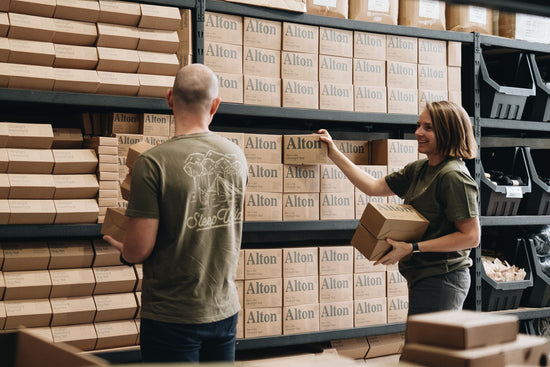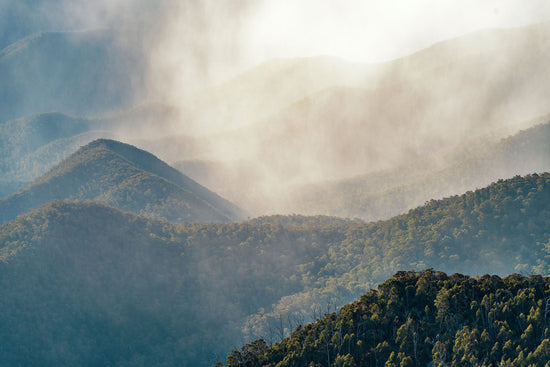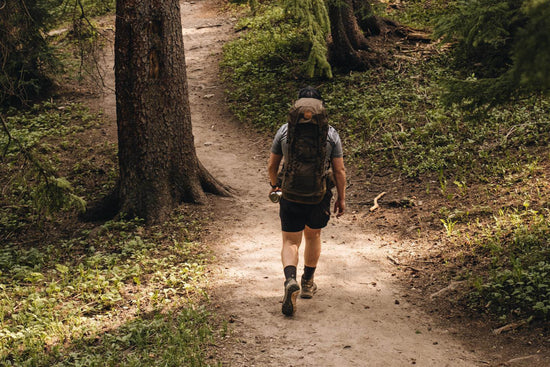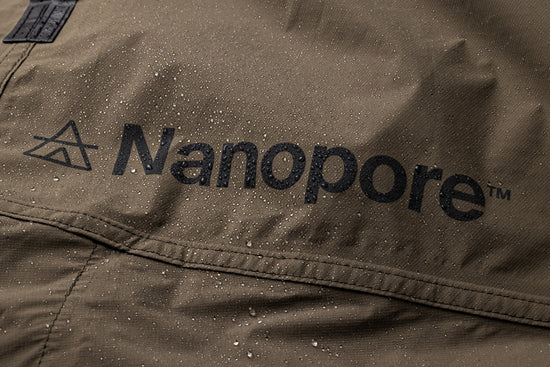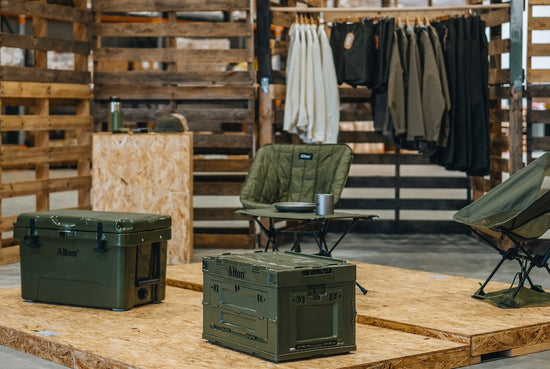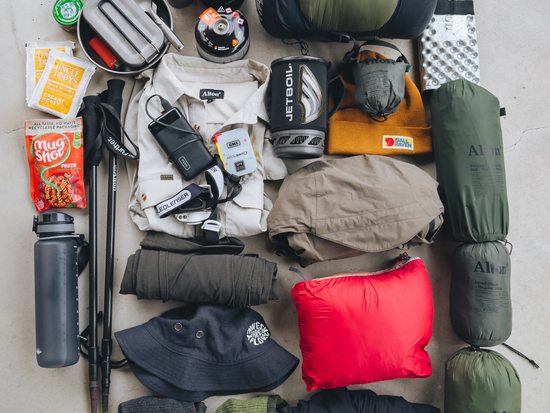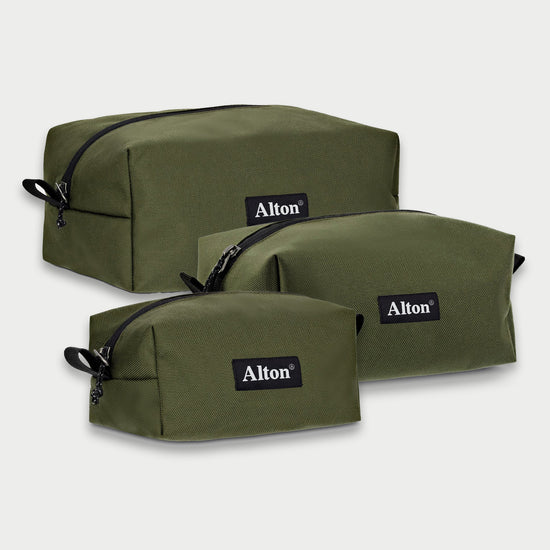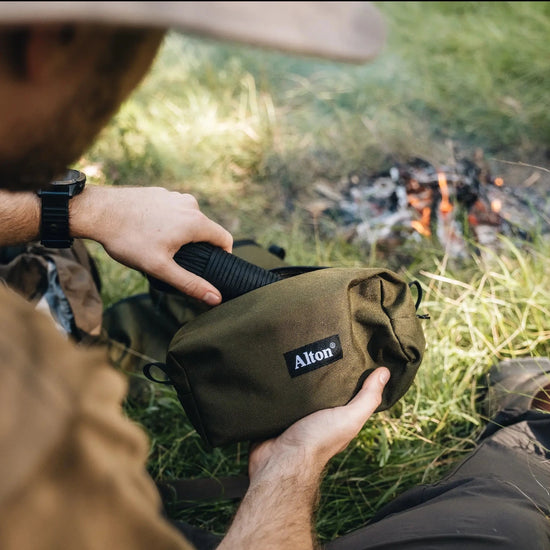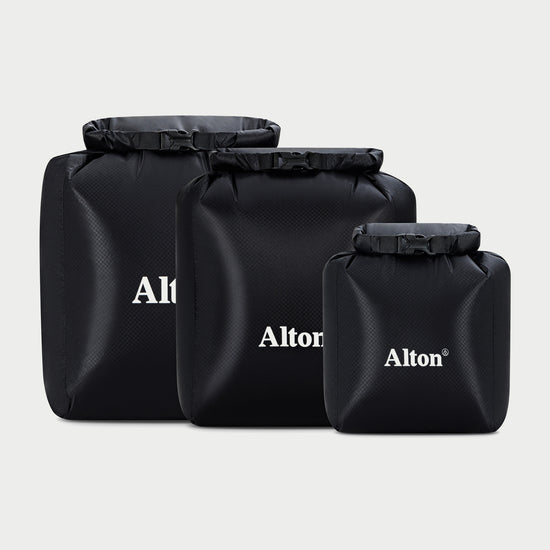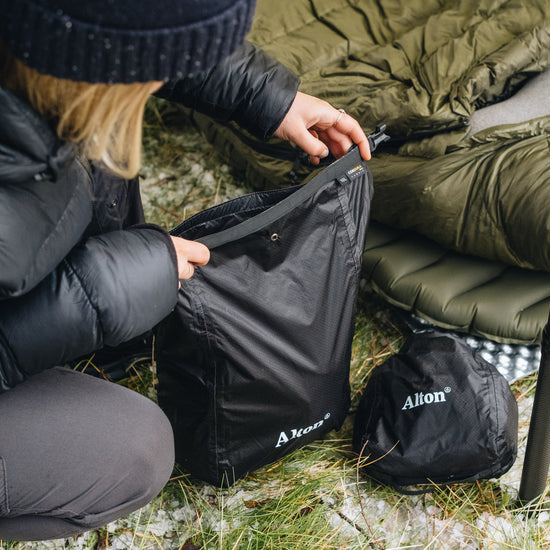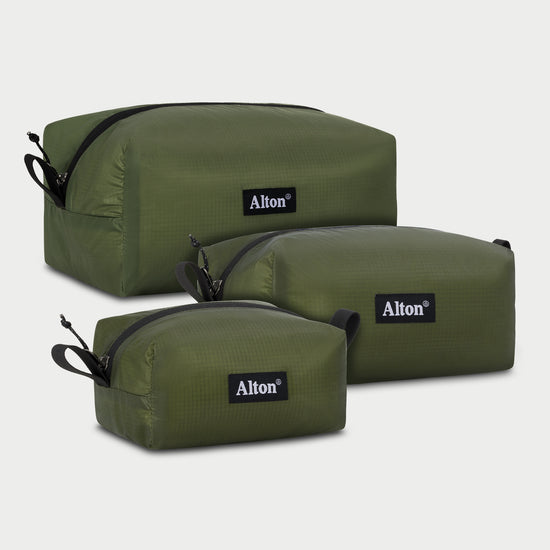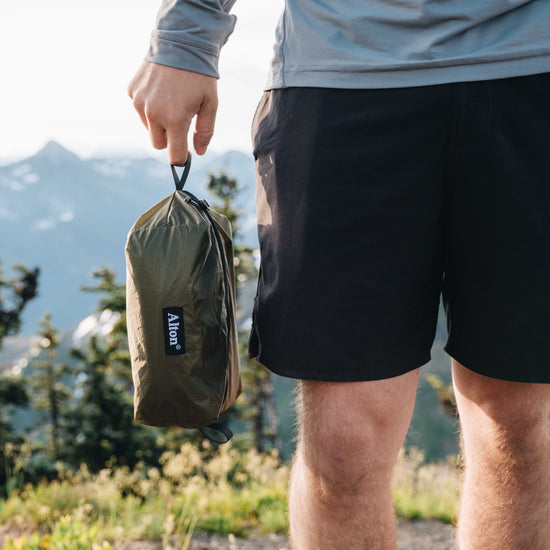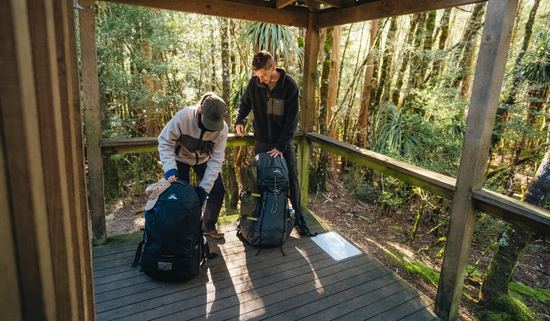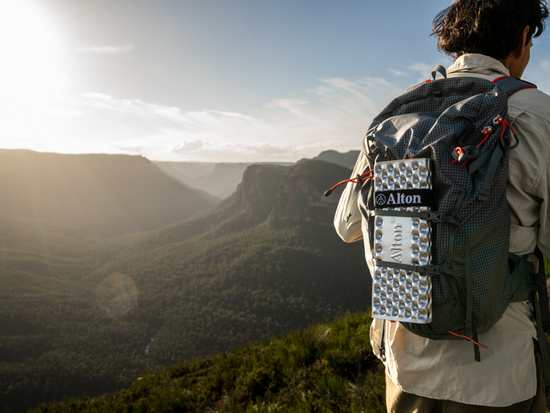As any committed adventurer will tell you, packing your backpack for hiking is an art form.
You need to be able to carry your gear comfortably over rough terrain and long distances.
You need to keep your supplies dry and protected, and ensure that you can quickly and easily access certain items like snacks, rain gear and a map, without having to dig through everything.
And don’t forget weight distribution. If you get that wrong, you will feel it – literally. Improper weight distribution can lead to pain in your shoulders, back and neck, and can throw your balance off, making you more susceptible to trips and falls.
So, how do you do all that?
Let’s start from the top – well, actually, from the bottom.

Base Layer
You are going to want to place your lighter, low-use items (think stuff you won’t need until you get to camp, like a hiking sleeping bag and sleeping mat) down in the bottom of your pack.
Core Layer
Position your heaviest gear in your pack as close to your spine as you can.
This will maintain your natural centre of gravity and ensure your pack is as comfortable as possible to carry. In most cases, that will be food (not including snacks), cooking gear, water reserves and heavy shelter components.
You want everything packed in tightly here to prevent things from shifting as you move. Use other soft like clothing or shelter components to fill the gaps and hold everything in place.
Upper Layer
Once you’ve got your heavy hiking gear in position, now you can add in the supplies that you might need on the go, like lunch, rain gear and your first-aid kit.
In cold weather, it is not a bad idea to leave a bit of space here for when you get warm and need to shed some extra clothing layers.
Outer Pockets
Most packs have a lot of little pockets to store things in. This is where you want to store small but essential items that you want to be able to access quickly. Snacks, headtorch, GPS or maps, Personal Locator Beacon, toilet paper and a trowel…
We suggest giving each item a ‘home’, a.k.a use the same pocket or place for it every trip. This will mean you always know where to find it.
All done! Now it’s time to get out there and give it a go in the wild.
Give yourself some time to test, adjust and refine your packing method. Do that, and you’ll be packing like a pro in no time. Check out how we pack our pack here.
